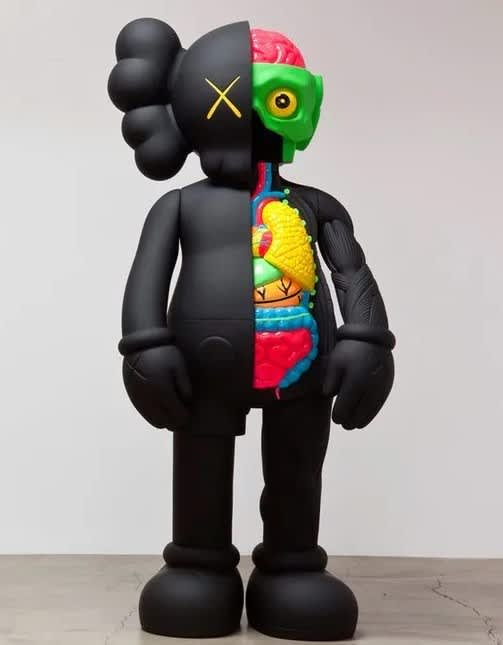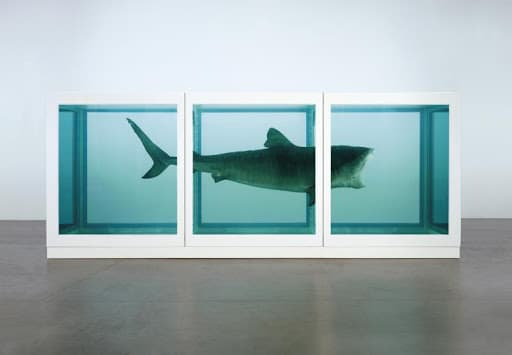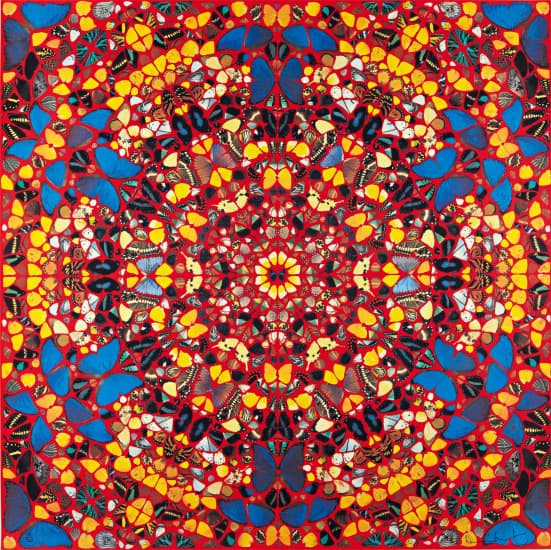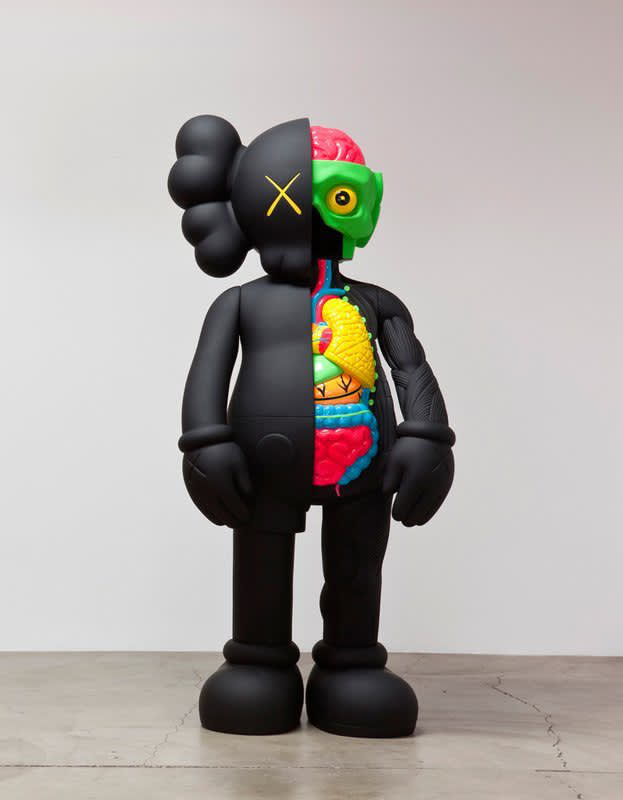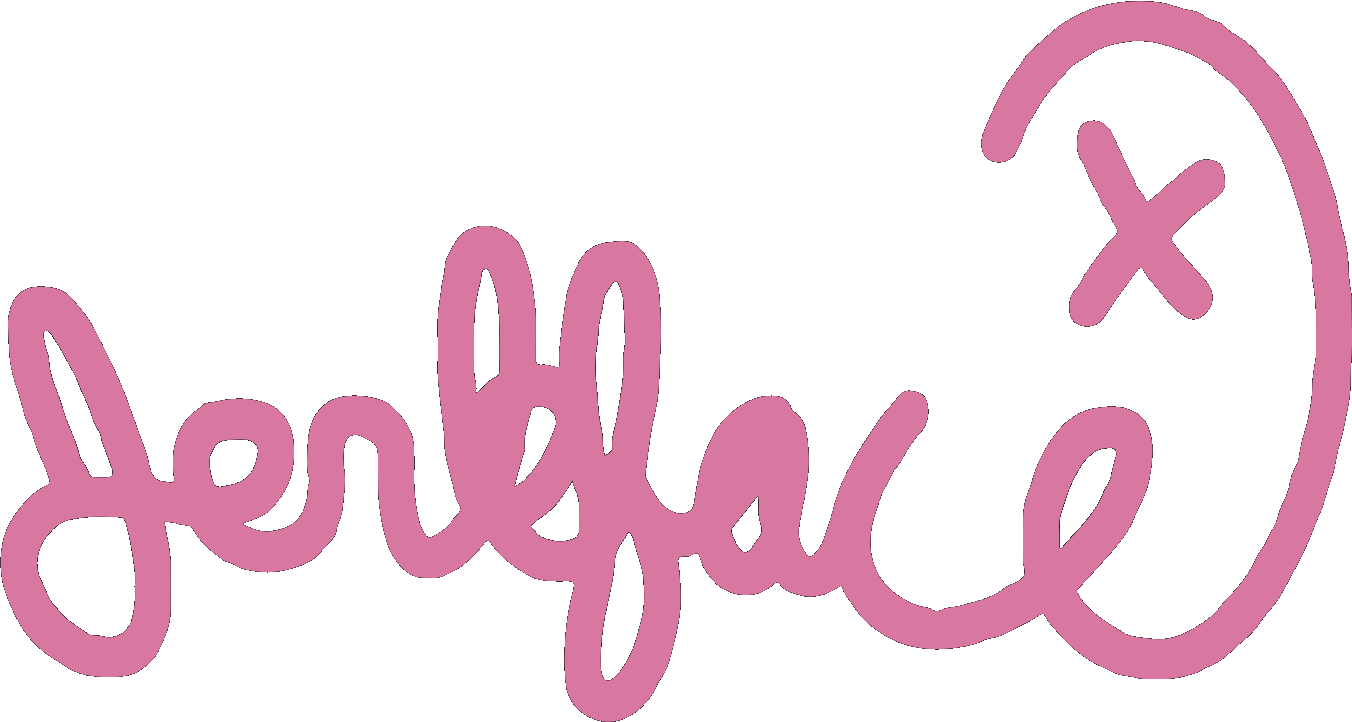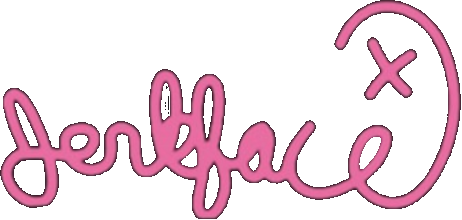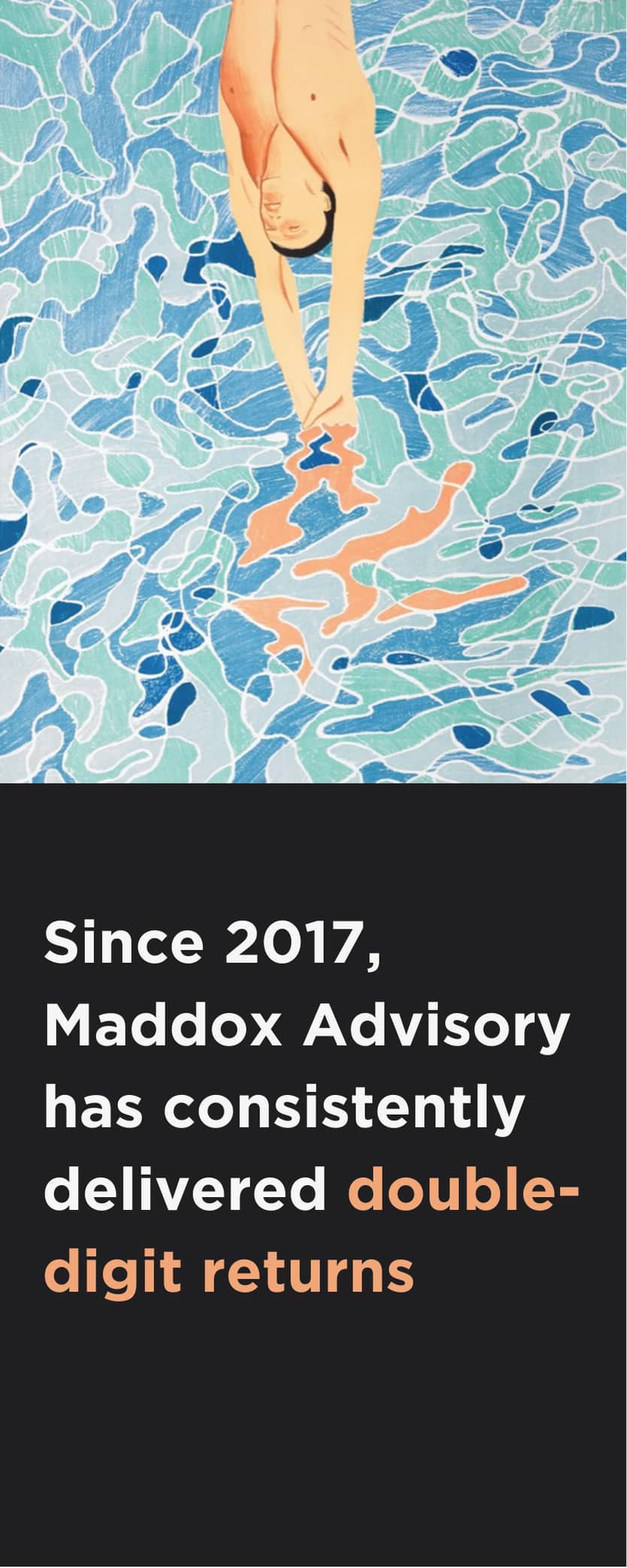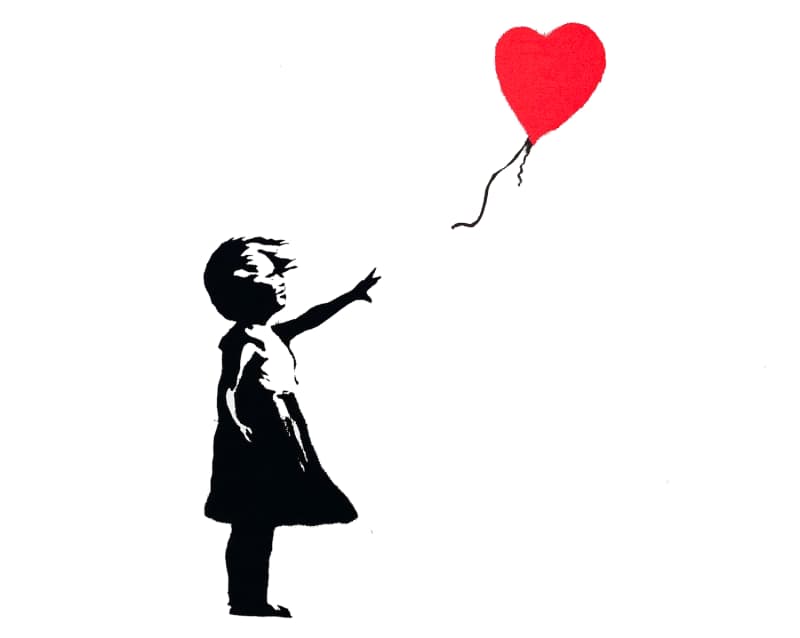From Hidden Meanings to Political Commentary
Animals and art have a glorious history, from Durer's Rhinoceros to Stubbs's majestic Whistlejacket - not to mention Landseer's super-kitsch Stag At Bay. So it's no surprise contemporary artists are drawn to animals too, often for their symbolism - think Banksy and his rats, or Hirst and his shark.
Animal symbolism is nothing new, though the meaning varies from era to era: the dog in Titan's The Last Supper is symbolic of treachery and Judas's betrayal of Christ, while the dog in Jan van Eyck's famous Arnolfini Portrait represents both fertility and lust.
Banksy, Devolved Parliament, 2009
"You paint 100 chimpanzees and they still call you a guerrilla artist." - BANKSY
Monkeys, to take another example, were used by Renaissance artists to signify the more bestial side of humanity - perhaps what Banksy had in mind when he used chimps to represent MPs in his world famous 2009 piece, Devolved Parliament. (This piece of political satire later sold for £9.9 million in 2019.)
David Yarrow
Wildlife, as a genre, is usually photographed in colour. David Yarrow, however, prefers to work in black and white. As Yarrow says, "black and white also lends a degree of interpretation… It affords a degree of timelessness."
David Yarrow, Ghost Story, 2020
As nature does too. Yarrow's images of animals living parallel lives to humans work as a meditation on nature. And with each animal the Scotsman shoots, Yarrow lists words associated with the creature beforehand and then tries to portray these characteristics within the image: a lioness for example encapsulates courage and strength - the perfect characteristics to represent the NHS. Which is why the photographer has chosen to photograph this animal for 'Our Pride' - an image of his that's part of the Maddox Gallery Art for Heroes campaign, raising money for the NHS.
Jeff Koons
Swans, monkeys, rabbits and dogs: Jeff Koons has turned them all into his easily recognisable oversized, stainless steel balloon sculptures. As he says, "I've always enjoyed balloon animals because they're like us. We're balloons. You take a breath and you inhale, it's an optimism. You exhale, and it's kind of a symbol of death."
Jeff Koons, Balloon Dog Yellow, 2015
His balloon dogs are perhaps his most famous, and sought-after - in 2013 his orange version sold for some $58.4 million, making it the most expensive work sold by a living artist in auction at the time.
KAWS
Initially a graffiti artist in the 90s, KAWS is now one of the world's leading contemporary artists. His use of cartoons and animal motifs, drawing on his time when he worked as a freelance animator for Disney, immediately ignite a sense of nostalgia in the viewer - in particular those based on Mickey Mouse.
KAWS, Four Foot Dissected Companion, 2007
Works like his iconic 1999 toy piece, COMPANION, which was produced in an edition of 500, appeal to a childhood innocence and prompt the abandonment of adult sensibilities. COMPANION was so loved by KAWS fans that it has become something of a KAWS trademark, and is a recurring character in his work.
Banksy
Influenced by French stencil graffiti artist, Blek le Rat, who used to spray rats in the streets of Paris, Banksy started stencilling the rat across the UK early on in his career, accompanied with captions such as, 'BECAUSE I'M WORTHLESS.' A statement that is certainly not fair to the rat, a creature known for its intelligence and cunning - but also one viewed by society as a pest.
The same could be said of a graffiti artist - and has been, by philistine town officials, desperate to 'clean up' their paint-daubed boroughs. With this in mind, the rat can be seen to symbolise street art and anti-establishment sentiment - existing down to its wit and persistence where it's not wanted, and always continuing to thrive, despite a continual attempt to erase it.
Damien Hirst
It's hard to think of Damien Hirst without immediately being reminded of his animal installations. Just consider his notorious 1991 work The Physical Impossibility of Death in the Mind of Someone Living - a tiger shark suspended in formaldehyde.
Damien Hirst, The Physical Impossibility of Death in the Mind of Someone Living, 1991
The work is considered by many to be a visceral depiction of the death and decay that awaits us all. Mortality has certainly been a consistent fascination for Hirst throughout his career. Just as in his 1990 piece A Thousand Years, in which the cycle of life is easily, and somewhat grotesquely, observed - the piece consisted of maggots hatching, turning into flies and then feeding upon a rotting cow's head, thus continuing the circle of life. That is, if they didn't fly into the insect-o-cutor. Flies aren't the only insect that Hirst has worked with, in his 2000s Kaleidoscope series Hirst placed thousands of different butterfly wings into paint in complex geometric patterns.
Damien Hirst, Cathedral Print Duomo, 2017
He considers these works - one of which, from 2008, is called Enlightenment and another, from 2006, I am Become Death, Shatterer of Worlds - to be some of his most important works. The use of the butterfly is symbolic, having been used in Christian imagery to signify the resurrection and by the Greeks to represent the soul.




